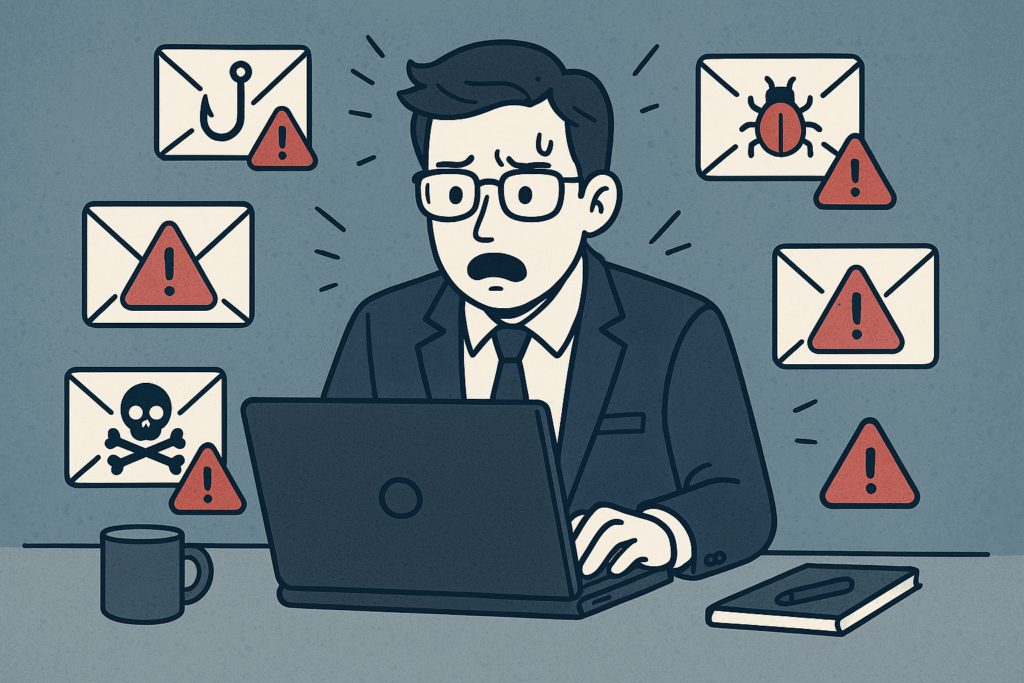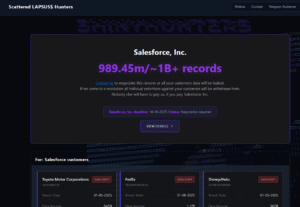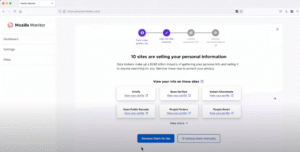Protecting Your Inbox: Why Phishing, Spam, and Email Security Matter
In today’s digital landscape, email remains one of the most common entry points for cyber threats. Phishing attacks, spam messages, and malicious emails are not just nuisances—they are serious security risks that can compromise sensitive data, disrupt operations, and damage reputations.
Implementing strong protections against these threats—such as advanced email filtering, domain authentication, and real-time threat detection—can significantly reduce your exposure. But technology alone isn’t enough. Proper training and awareness are equally critical. When individuals know how to recognize suspicious messages and respond appropriately, they become a powerful first line of defense.
This page is dedicated to helping you understand the risks, recognize the signs, and take proactive steps to secure your communications.


Use a layered approach to secure against email threats
How AI-Powered Email Protection Strengthens Security
Modern email threats are increasingly sophisticated, often bypassing traditional filters and targeting users with personalized, deceptive messages. That’s where AI-powered protection comes in. By analyzing behavioral patterns, message context, and sender authenticity in real time, AI-driven systems can detect and block phishing attempts, spam, and malicious content with far greater accuracy than legacy solutions.
These systems continuously learn from new threats, adapting to emerging tactics and identifying subtle anomalies that might otherwise go unnoticed. They also provide visual cues and warnings to help users make informed decisions before interacting with suspicious emails.
When combined with user training and awareness, AI-based filtering creates a layered defense that not only reduces risk but also empowers employees to become active participants in maintaining cybersecurity.
Empowering Your Team Through Training and Simulations
Technology alone can’t stop phishing and email-based threats—your people play a critical role. That’s why ongoing training and realistic simulations are essential to building a resilient security culture.
Interactive training modules help users recognize the signs of phishing, social engineering, and malicious attachments. These bite-sized lessons are designed to be engaging and easy to understand, making it simple for employees to stay informed without disrupting their workflow.
Simulated phishing campaigns take this a step further by testing users in real-world scenarios. These simulations reveal how individuals respond to threats and identify areas where additional guidance is needed. Over time, this approach builds confidence and sharpens instincts, turning your workforce into a proactive defense layer.
By combining education with experience, businesses can reduce risk, improve response times, and foster a security-first mindset across the organization.
Cybersecurity
Working Hours
- Mon - Fri 8AM - 5PM
- Sat, Sun Closed
- Emergency Service 24/7
Information
- 971-238-3248
- [email protected]
- 1265 14th Ave Suite 200, Longview WA 98632
Smart Email Defense with AI
Bringing multiple layers creates a comprehensive defense strategy—each layer reinforcing the next to ensure your business stays protected from evolving email threats.
AI-Driven Threat Detection
Advanced email protection systems use artificial intelligence to scan incoming messages for signs of phishing, spam, and malicious intent. These tools automatically identify, flag, and remove threats from inboxes—often before users even see them—by analyzing sender behavior, message content, and embedded links in real time.
Phishing Awareness Training
Provide ongoing, bite-sized training that teaches employees how phishing works and how to avoid falling for it. Reinforce learning with simulated phishing campaigns to test their instincts and improve their response to real-world threats.
Partner with Trusted IT Experts
Work with a reliable IT vendor to monitor email traffic, analyze flagged threats, and respond to incidents. Their expertise ensures that your systems stay updated and that any breach attempts are handled swiftly and effectively.
Articles
Recent Cyber News
See the latest in computer technology and cybersecurity.

Drones to Diplomas: How Russia’s Largest Private University is Linked to a $25M Essay Mill
This post was originally published on this siteA sprawling academic cheating network turbocharged by Google Ads that has generated nearly $25 million in revenue has

SMS Phishers Pivot to Points, Taxes, Fake Retailers
This post was originally published on this siteChina-based phishing groups blamed for non-stop scam SMS messages about a supposed wayward package or unpaid toll fee

Meet Rey, the Admin of ‘Scattered Lapsus$ Hunters’
This post was originally published on this siteA prolific

Is Your Android TV Streaming Box Part of a Botnet?
This post was originally published on this siteOn the

Mozilla Says It’s Finally Done With Two-Faced Onerep
This post was originally published on this siteIn March
